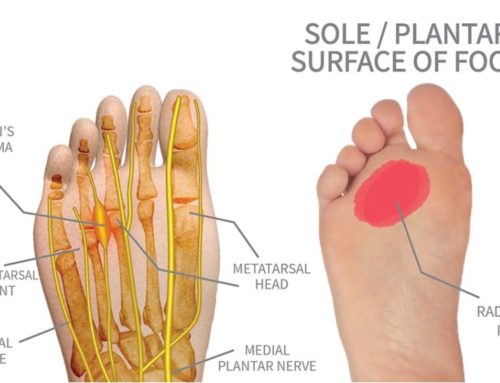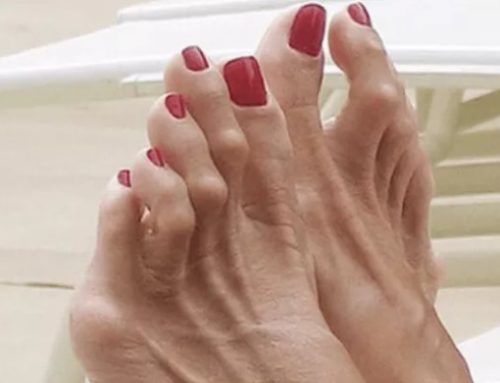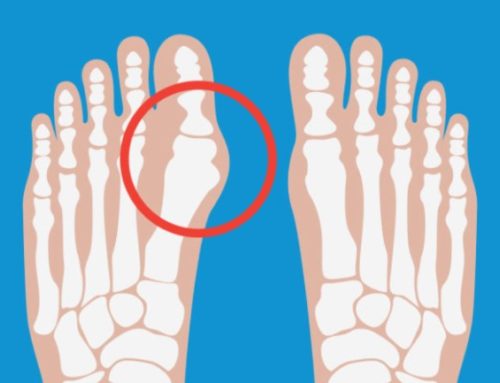If your feet are feeling itchy, tender, cracked and even burning, chances are you have a fungal infection. According to co-author of ‘Fitness for Life’ Bharat Savur, ignoring your sweaty feet can lead to fungal infections, causing athlete’s foot.Savur shares some great tips, making sure no one goes home with a foot left untreated.
Savur’s advice comes just in time for the summer season, where heat and humidity allow athlete’s foot to thrive. Although a very treatable condition, athlete’s foot can be an annoying hindrance on your everyday walking, running, and exercising. Even if you take over the counter treatments to help with your athlete’s foot, it is still advisable to see a podiatrist, such as Kenneth Lefkowitz at Quality Foot Care, to help with your athlete’s foot.
If you suffer from itching, burning, dry, and flaking feet, this may be a sign of athlete’s foot. Athlete’s foot, also known as tinea pedis, can be extremely contagious, and it often infects shower floors, gyms, socks and shoes, and anywhere else feet may come in contact with. It is commonly found in public changing areas and bathrooms, dormitory style living quarters, around locker rooms and public swimming pools. This condition can also be prevalent in “commons” areas in prisons and residential care facilities.
What is Tinea?
-Athlete’s foot is often caused by the same fungus that causes ringworm (tinea).
-Tinea can invade other parts of the body as well, if the proper thriving conditions for it are met.
-Tinea thrives in mostly dark, warm and moist environments.
-Although many people never experience athlete’s foot, around 70% of the population may suffer from tinea at some point.
People with a history of tinea or other skin infections are more likely to suffer from recurrent, or even additional, unrelated infections. Athlete’s foot can cause many irritating symptoms such as dry and flaking skin, itching, redness, and severe symptoms include bleeding and cracked skin, intense itching and burning and even pain when walking. In the worst cases, tinea can cause blistering as well. It is best to see your podiatrist for the best treatment and relief from these symptoms.
If you have any questions, please feel free to contact our office located in Doylestown, PA. We offer the newest diagnostic and treatment technologies for all your foot and ankle injuries.




It is important to clean the wrestling mats every day after practice to prevent the future spread of germs and infections.
Other locations include, karate dojo’s, gymnastic mats and locker rooms. Thanks for the feedback. http://www.qualityfootcare.com